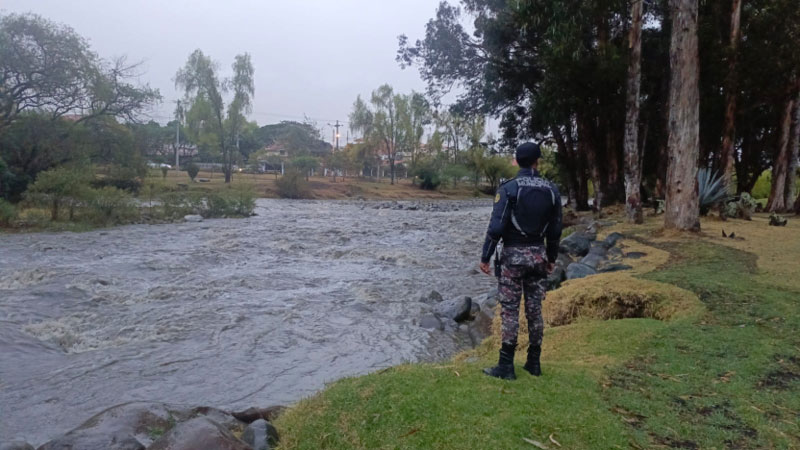What’s the most likely way to be infected with Covid? After six month, experts revise their opinions
By Dana Smith
At the beginning of the pandemic in March, Jeffrey VanWingen, MD, a Michigan family physician, scared the bejeezus out of people and infuriated food scientists. During his 13-minute video, which went viral on YouTube and has been viewed over 26 million times, VanWingen tells people that when they come back from the grocery store, they should leave groceries outside for three days, spray disinfectant onto each product, and soak produce in soapy water. His rationale was that those items might carry the novel coronavirus and could potentially infect people after they come into contact with them.
 Six months later, we’ve learned a lot about how SARS-CoV-2 spreads, and it turns out most of VanWingen’s tips are largely unnecessary and some are flat-out dangerous (you should never bleach your food, but hopefully you already knew that). Instead of obsessing over objects and surfaces, scientists now say the biggest infection risk comes from inhaling what someone else is exhaling, whether it’s a tiny aerosol or a larger droplet. And while a virus traveling through the air sounds terrifying, the good news is there is a safe, cheap, and effective way to stop the spread: wearing a mask. Here are the three primary pathways of transmission, and what experts know about them six months in.
Six months later, we’ve learned a lot about how SARS-CoV-2 spreads, and it turns out most of VanWingen’s tips are largely unnecessary and some are flat-out dangerous (you should never bleach your food, but hopefully you already knew that). Instead of obsessing over objects and surfaces, scientists now say the biggest infection risk comes from inhaling what someone else is exhaling, whether it’s a tiny aerosol or a larger droplet. And while a virus traveling through the air sounds terrifying, the good news is there is a safe, cheap, and effective way to stop the spread: wearing a mask. Here are the three primary pathways of transmission, and what experts know about them six months in.
Surfaces don’t seem to matter as much as originally thought
The surface or fomite theory — that you’ll get infected by coming into contact with objects that carry the virus, called fomites, like door handles, shopping carts, or packages — was the original leading contender because that’s how scientists and epidemiologists think most respiratory diseases are spread. For example, when a person sick with a cold coughs or sneezes, tiny snot and saliva particles that carry the virus go shooting out of their nose and mouth and land on nearby surfaces. If someone else touches that surface and then touches their mouth, nose, or eyes they could become infected with the virus. This is why we’re supposed to wash our hands before eating or preparing food, and after using public transportation, or touching door handles, especially during cold and flu season.
Supporting this idea, an early study published in the New England Journal of Medicine found that SARS-CoV-2 survived on various surfaces for several days, including 24 hours on cardboard and 72 hours on plastic. Public health organizations recommended hand hygiene as the first line of defense against the virus, and there were runs on Lysol wipes and hand sanitizer at supermarkets and drugstores, the supply chains for which still have not recovered.
The problem, says Emanuel Goldman, PhD, a professor of microbiology and biochemistry at Rutgers University, is that the experiments those recommendations were based on “were the wrong experiments to do” because they were not representative of how people come into contact with the novel coronavirus in the real world.
“They started out with a humongous, totally unrealistic amount of virus at the beginning of the experiment, and then, sure enough, they found virus at the end. But they started out with so much more than you would ever encounter in real life,” he says. “You would have to have 100 sick people coughing and sneezing on one small area of surface to get the amount of virus that was used in the papers that reported the survival of the virus on surfaces.”

Nurses administer Covid tests at a drive-thru testing site at North Shore University Hospital in Manhasset, N.Y. in May.
It turns out that despite the catastrophic harm it’s caused, the novel coronavirus is actually quite fragile, and it doesn’t like being out in the open where it can dry up. According to the NEJM paper, the virus’s half-life is a relatively short six hours, meaning that every six hours 50% of the virus shrivels up and becomes inactive or noninfectious. That means if you start with 100 virus particles, after six hours that number halves to 50 particles; six hours later there are 25 virus particles left, and fewer than 10 virus particles remain after 24 hours. However, if there are huge quantities of virus to start, many more will be left behind after each six-hour window, and it will take longer for all of the virus to disintegrate.
Instead of buying another can of Lysol, maybe invest in an air purifier, more comfortable two-ply cloth masks, or even an outdoor fire pit or space heater.
“If you start out with a realistic amount, and a realistic amount would be between 10 and 100 virus particles, because that’s what a droplet of a cough or sneeze is likely to have, then your virus is gone in a day,” Goldman says. “Now, I’m not saying that you can’t get it, that it’s impossible to get it from surfaces, but a very specific set of events have to occur for that to happen.”
Regardless, it’s critical that people keep washing their hands — although that’s something we should all be doing for normal hygiene anyway — but, Goldman says, you don’t have to do anything excessive, like disinfecting your groceries.
Close range droplets are the new leading theory
In May, the CDC updated its guidelines to state that fomites were not a major source of transmission. Instead, the agency said, the primary route of infection was probably virus-laden droplets — those snot and saliva particles that are at the root of the fomite theory. But instead of worrying about them after they land on surfaces, the bigger concern now is coming into contact with the droplets while they’re still in the air.
When you expel air — whether it’s by sneezing, coughing, talking, singing, shouting, or even breathing — tiny bits of saliva, ranging in size from an imperceptible mist to visible spittle, are pushed out. Heavier particles fall to the ground relatively quickly and are categorized as droplets, while the tinier particles stay afloat in the air for longer. When talking and breathing, the typical droplet trajectory is about three to six feet, hence the six-foot distancing recommendation. If the droplets are expelled with more force, like with a sneeze or a cough, they can travel further before hitting the earth.
Being in close contact with someone raises the risk that you’ll be exposed to the small droplets they’re expelling, and many scientists now think that’s how most people become infected with the virus. One reason is that a virus inside a freshly exhaled droplet is more likely to be alive and infectious than a virus that’s been sitting on a doorknob for several hours. The other reason is that, in close range, breathing in the air that someone else just breathed out is going to expose you to a higher quantity of virus particles — called the inoculum — than after the droplets disperse and fall to the ground.
“It’s not that [surface spread] can’t happen, it’s just that the likelihood is less than if someone was actually right in front of you breathing live virus in their droplets onto you,” says Nahid Bhadelia, MD, an infectious diseases physician and associate professor at the Boston University School of Medicine. “That is a much bigger inoculum, [and] it’s much more likely that there’s a lot more live virus in it, so that’s why it’s a higher risk.”
As a result, social distancing has become one of the recommended ways to prevent transmission, the idea being that if you stay more than six feet away from someone, you won’t be hit by the majority of their exhaled droplets. Supporting this theory, most people catch the virus from someone they live with and presumably are in frequent close contact with. In one study from China, for example, an infected person had a 17.2% chance of spreading the virus to a family member who lived with them, but just a 2.6% chance of giving it to someone outside the home.
However, there have been several documented instances of infections that don’t fit with droplet or surface spread because they happened even when people maintained their distance. Perhaps the most famous example is the choir rehearsal outside of Seattle, Washington, a superspreader event where 52 out of 61 people were infected during a two-and-half-hour practice. What’s notable about this case is that the singers maintained distance from each other and used plenty of hand sanitizer, per safety guidance at the time. Also, the infected person was presymptomatic, so they weren’t coughing or sneezing and projecting droplets further. Despite all this, one person was still able to infect 52 others.
____________________
Credit: Medum


















